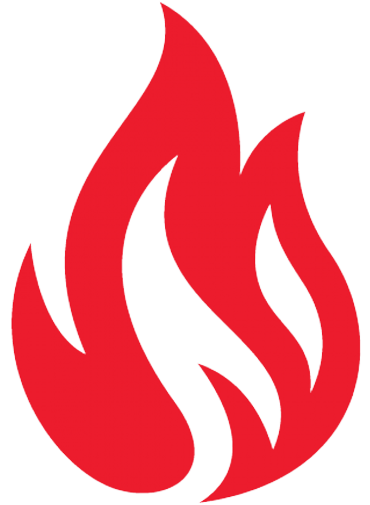Where is chaptalization legal?
Chaptalization is allowed (in varying degrees) in France, Germany (not Pradikatswein), Oregon, Canada, New Zealand, the United Kingdom, and New York. Chaptalization is not allowed in Argentina, Australia, Austria, California, Italy, Greece, Spain, Portugal, and South Africa.
Is chaptalization legal in the US?
In the United States, federal law permits chaptalization when producing natural grape wine from juice with low sugar content. This allows chaptalization in cooler states such as Oregon, or in states such as Florida where the native grape (Muscadine) is naturally low in sugar.
How do you calculate chaptalization?
The chaptalisation calculation is based on calculation of dissolved solids (grams per litre) as discussed in the ‘Gravity/Density/Sugar Conversions’ section. The difference between the desired and the current values is then simply multiplied by the number of litres to be chaptalised.
Is chaptalization legal in New Zealand?
Chaptalization is legal in Oregon, Canada, Chile, Bordeaux, Burgundy, Alsace, Champagne, Germany, New York, China, Switzerland, and New Zealand.
Does Caymus add sugar to their wine?
I run into lots of folks who are fans of red wines that have extra sugar in them. A “dry” red wine technically has under 4g/l, so if you are a fan of Liano (9g/l), Caymus (9.9g/l), Apothic (16g/l) or Ménage à Trois (13/l), then you are drinking extra sugar. Most had no idea that was the case.
Is there formaldehyde in wine?
508 samples from around the world were analyzed for formaldehyde, and a strategy was developed for analyzing the chemical in beer, wine, liquor, and unrecorded alcohol. Totalling 132 samples (26%) with an average of 0, 132 samples (26%) contained formaldehyde. 27 milligrams per liter (range 0–14 milligrams per liter).
What does G l mean in wine?
By Cathy Howard • 14.09.2015. Sweetness in wine is called residual sugar and is usually measured in grams per litre (g/L). Residual sugar or ‘RS’ is from the natural grape sugars left in a wine after the alcoholic fermentation finishes. The more residual sugar remaining in a wine, the sweeter the wine is.
Is chaptalization legal in Burgundy?
Chaptalization is indeed legal in Burgundy, as it is in other cooler areas, such as Oregon, Bordeaux, and New York. In all these regions, there are restrictions on the quantity of sugar that may be added.
What happens if you put too much sugar in wine?
(By contrast, wines made from flowers and herbs — ingredients with essentially no sugar — need at least 3 pounds of added sugar per gallon.) However, overloading the must with sugar can overwhelm the yeast and make it difficult for fermentation to begin.
Is it legal to add sugar to wine in Australia?
Addition to wine in this country is regulated by the Australian and New Zealand Food Standards Code which permits the unlimited addition of grape juice and grape products or sucrose (cane or beet sugar) to wine.
How do you increase alcohol content in wine after fermentation?
All you need to do is add sugar to the wine during the fermentation. Make sure it gets dissolved completely and does not end up hanging at the bottom of the fermenter. For each pound of sugar you add to a 6 gallon wine kit, you are increasing the potential alcohol by about 8 tenths of a percent (0.8%).
Do you drink Caymus cold?
Serving and Decanting Caymus with Wine, Food, Pairing Tips Caymus wines are best served at 15.5 degrees Celsius, 60 degrees Fahrenheit. The cool, almost cellar temperature gives the wine more freshness and lift.
Can you drink wine and lose weight?
The bottom line. Red wine is rich in antioxidants, but it’s also full of calories from alcohol and carbs. This makes it a mixed bag when it comes to weight loss. Too much red wine, or any alcoholic drink, may hinder weight loss and contribute to weight gain.
Which beer has formaldehyde?
sources, all american premium beer are laced with added formaldehyde, with the exception of miller’s beer. this company produces beer with no additives or preservatives. as for most other beers,the brewers are a little secretive about their process except for german and dutch beer,they also do not add preservatives.
What foods is formaldehyde in?
Formaldehyde can be found naturally in food up to the levels of 300 to 400 mg/kg, including fruits and vegetables (e.g. pear, apple, green onion), meats, fish (e.g., Bombay-duck, cod fish), crustacean and dried mushroom, etc ( Appendix).
What is sugar in wine called?
The sugar in wine is called “Residual Sugar” or RS. That means the sugar in wine is what remains after grapes have gone through the winemaking process. Grapes contain fruit sugars (fructose and glucose) and the residual sugar is what’s left after yeast has chomped on those sugars.
What is the chaptalization process?
Chaptalization is a process used in winemaking where sugar is added to the grape juice or must before fermentation in order to increase the alcohol level in the finished wine.
https://www.youtube.com/watch?v=-AX2bhwRdWg
